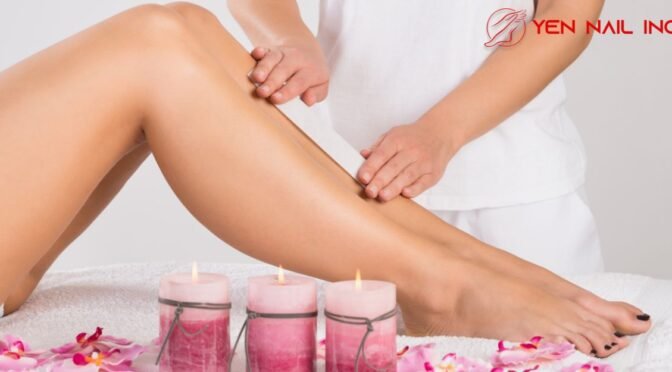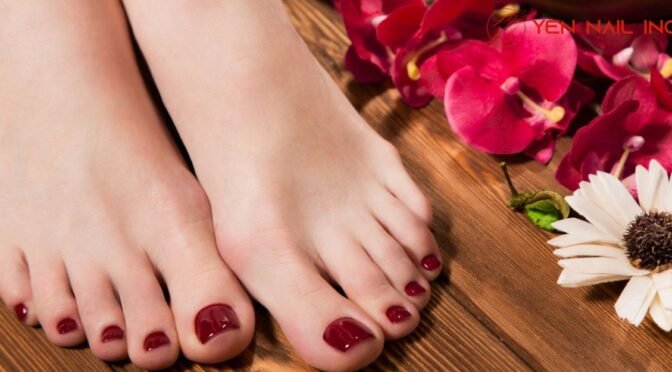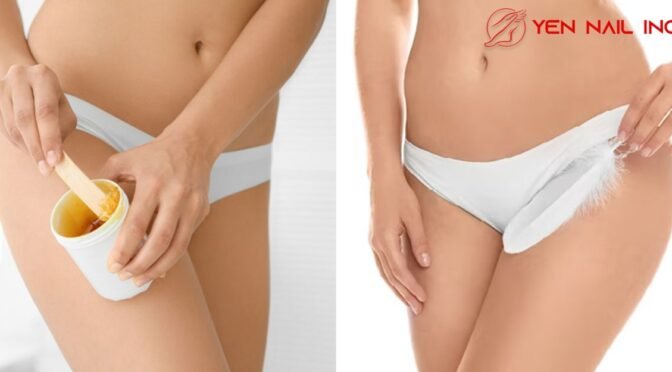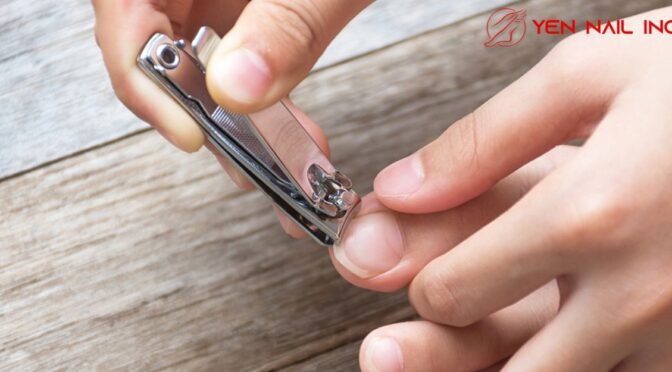We love hair! when it’s in the proper areas, that is. But because “right” is morally personal (sky-high high-fives to anyone exhibiting underarm hair), we want to bring some power back and live the ones to determine which hairs to support and which we’d rather do without.
Clearing undesirable hair can be a huge nuisance – in reserve to being sad and costly. Luckily, there are a handful of methods to get rid of undesired body hair, like laser hair reduction and suitable old razors, but today we are concentrating on just one of them: waxing. Whether you’re operating on your bikini line, face, underarms, or legs, home waxing needs tolerance and accuracy so you don’t finish up with red, aggravated skin. Thankfully, several amazing kits make the hair reduction procedure comfortable and safe. To find the most suitable at-home waxing kits, we put in the research — uncovering top-rated options, and conferring with estheticians and beauty experts for their top-tier advice and tips for best outcomes.
While we specialize in nail care, we understand the importance of smooth, bump-free skin all over your body. That’s why we’re excited to share our top picks for the best home waxing kits to help you achieve silky-smooth skin from the comfort of your own home.
⦁ NAD’s Natural Sugar Wax
⦁ Bliss Poetic Waxing Hair Removal Kit
⦁ Veet Ready-to-Use Wax Strips
⦁ Sally Hansen Hair Remover Wax
⦁ Nair Wax Ready-Strips
⦁ Gigi Mini Pro Waxing Kit
⦁ Parissa Wax Strips for Legs & Body
⦁ Nair Brazilian Spa Clay Roll-On Wax
⦁ Surgi-Wax Brazilian Waxing Kit
⦁ GiGi Student Starter Hair Removal Waxing Kit
⦁ Gleebee Wax Warmer Hair Removal Kit
⦁ Hard Wax Beans by KoluaWax
⦁ Sally Hansen Ouch-Relief Wax Strip Kit
⦁ Flamingo Body Wax Kit
⦁ Nad’s Body Wax Strips:
⦁ VidaSleek Extra Strength Hair Removal Waxing Kit:
⦁ Bliss Poetic Waxing Hair Removal Kit
At Yen Nails, we think that everyone merits feeling secure and attractive in their skin. With these top-rated house waxing kits, you can perform soft, bump-free skin without ever having to leave the convenience of your home. Ready to upgrade your magnificence routine? Contact us today to plan a work or learn better about our field of nail maintenance and beauty services.













